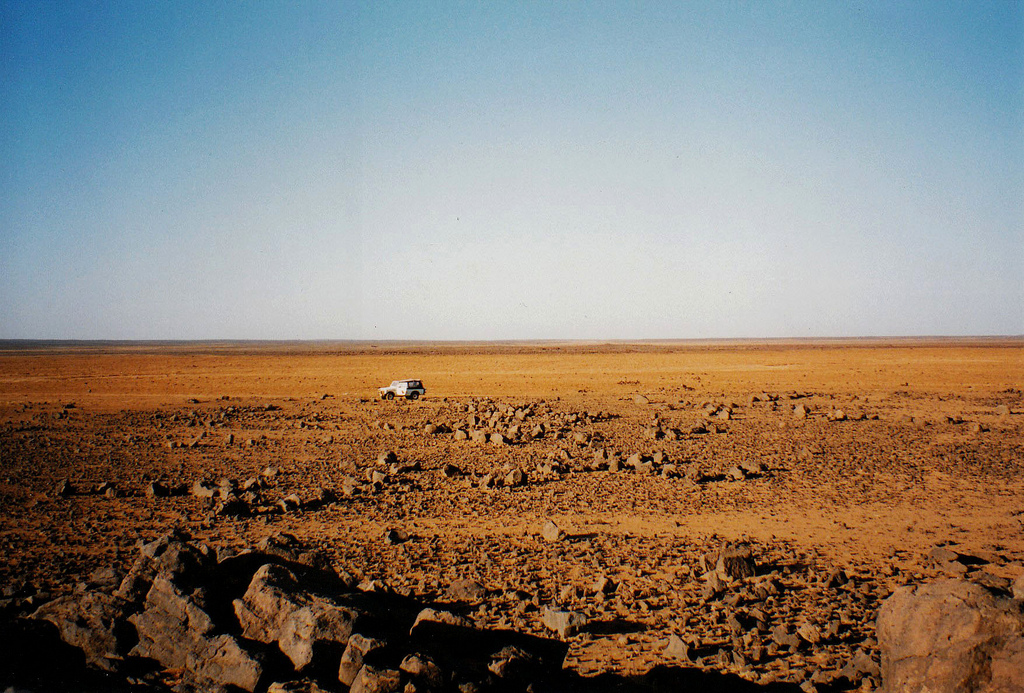Jordans national electricity company (NEPCO) has started to process bidding offers from the first of three tenders concerning the building of the Green Corridor project. Green Corridor aims to enhance the capacity of the electricity transmission network in the south of the country.
The European Investment Bank and the French government approved loans to Jordan for the construction of the Green Corridor project a year ago. The total cost of the Green Corridor project is expected to reach approximately US$ 160 million.
NEPCO's managing director Abdel Fattah Al-Daradkeh told the Jordan News Agency that the first tender regards the supply and installation of the Ma'an electricity substation (400/132/33 kV) and the expansion of the Qatraneh and Airport substations. The projects financiers, the European Investment Agency and the French development agency attended the opening ceremony.
Al-Daradkeh added that the bids for the two other tenders will be received by the first week of November and awarded by mid December 2016.
The Green Corridor project is vital for the development of renewable energy in Jordan because it will allow solar and wind power generated in the southern regions of the country to be transmitted to the electricity consumption centers in central and northern Jordan.
Most of the photovoltaic farms currently under construction are located in the Maan area in Southern Jordan. Ma'an is also the area of the 52.5 MW Shams Maan PV farm that was connected to the grid earlier this month.
According to Jordans energy strategy, the country has a target of generating 10% of its energy from renewable sources by 2020. Of this target, 600 MW of power will come from solar PV, the government had previously said.
However, pv magazine has written before that given the countrys national demand for primary energy, the 600 MW PV target needs to be raised. This analysis was confirmed this week, when Yacoub Marar, head of solar energy at the renewable energy department in Jordans Ministry of Energy and Mineral Resources, told a solar asset management event that the national strategy of generating 10% of energy from renewable sources by 2020 translates in 800 MW of solar PV and 800 MW of wind capacity. So far, Jordan has a good record of achieving its PV goals, which makes it a model for renewable energy in the Middle East
This content is protected by copyright and may not be reused. If you want to cooperate with us and would like to reuse some of our content, please contact: editors@pv-magazine.com.


1 comment
By submitting this form you agree to pv magazine using your data for the purposes of publishing your comment.
Your personal data will only be disclosed or otherwise transmitted to third parties for the purposes of spam filtering or if this is necessary for technical maintenance of the website. Any other transfer to third parties will not take place unless this is justified on the basis of applicable data protection regulations or if pv magazine is legally obliged to do so.
You may revoke this consent at any time with effect for the future, in which case your personal data will be deleted immediately. Otherwise, your data will be deleted if pv magazine has processed your request or the purpose of data storage is fulfilled.
Further information on data privacy can be found in our Data Protection Policy.